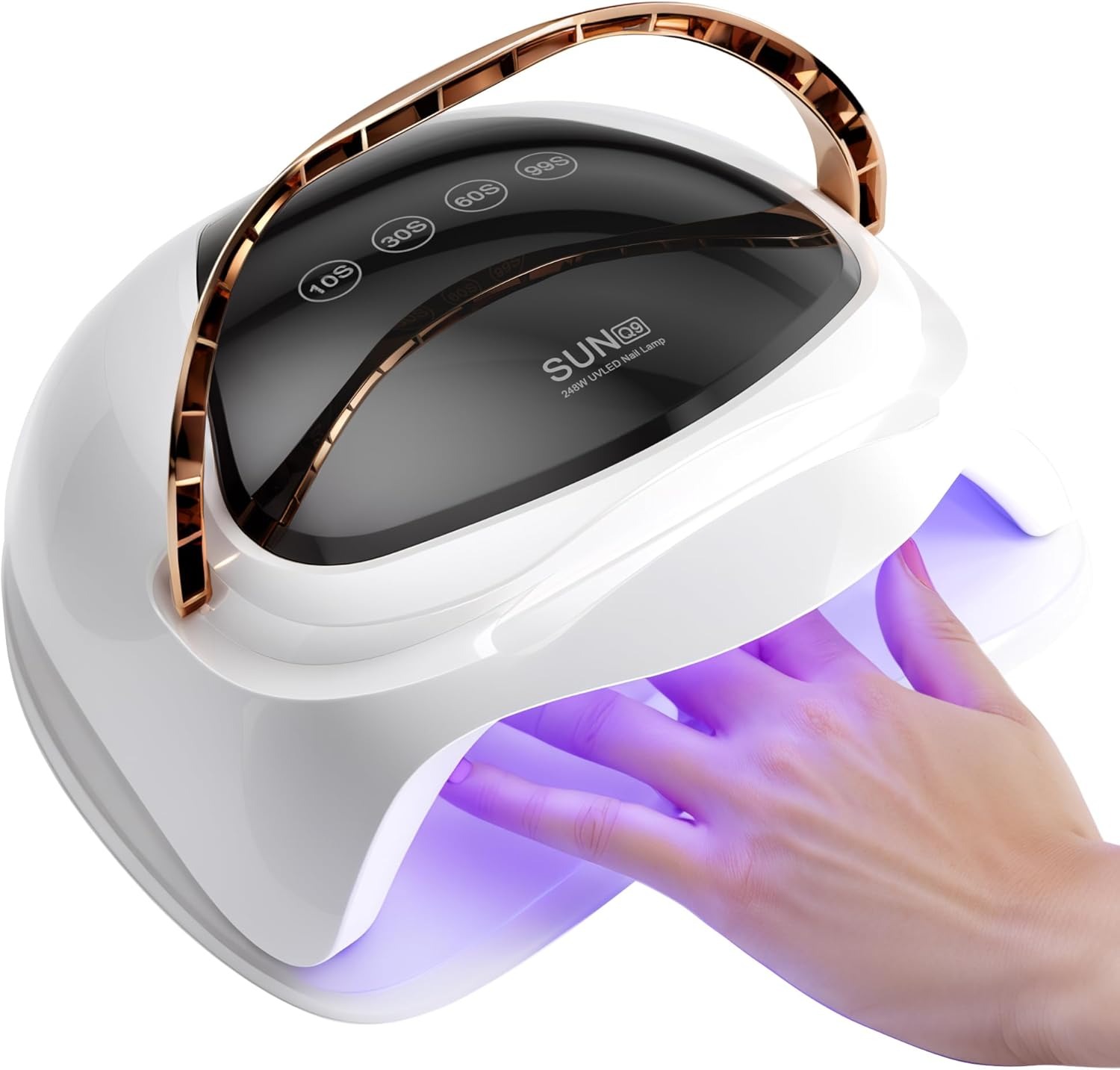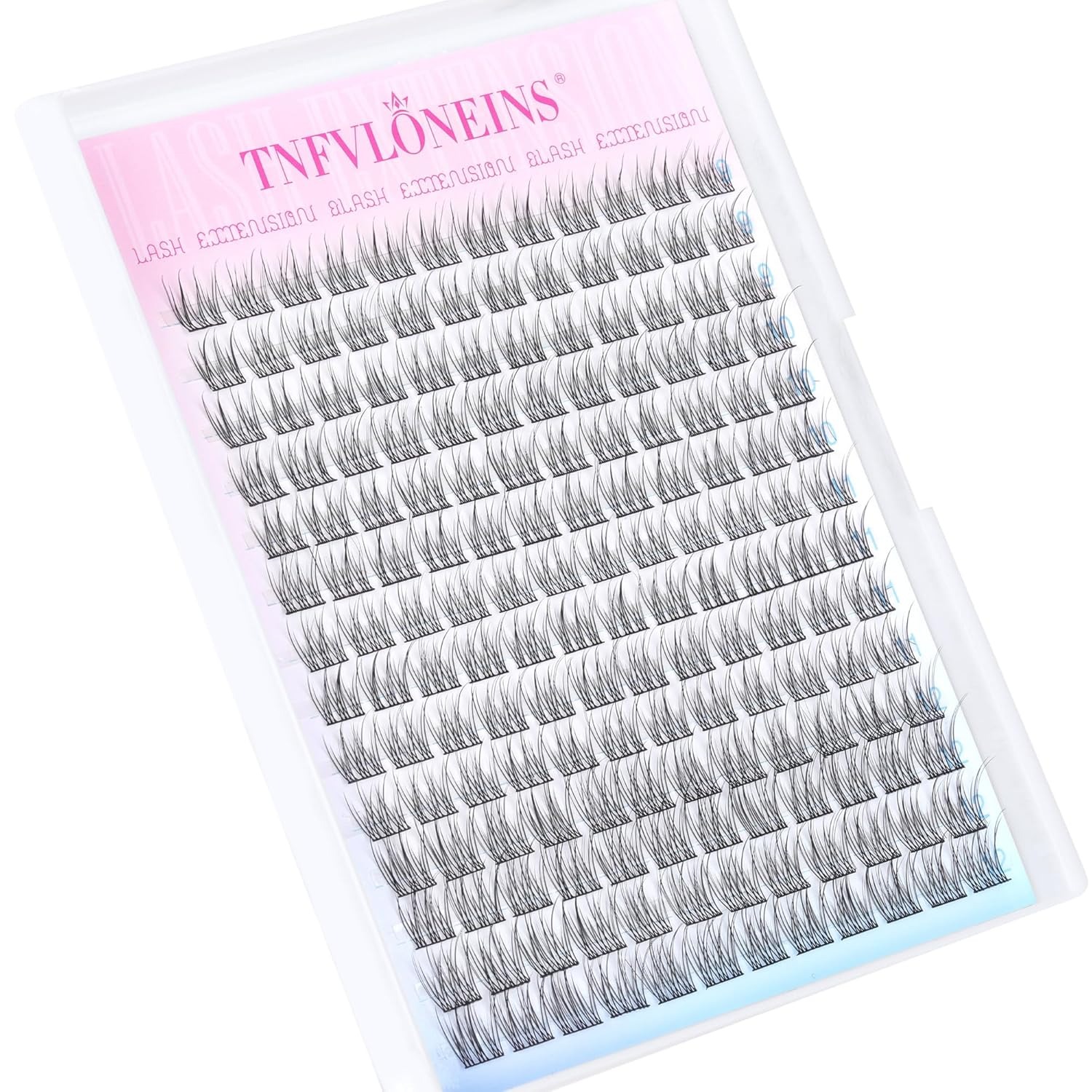Have you ever wondered, does nail polish expire? Whether you’re a nail art enthusiast or simply enjoy a fresh coat now and then, understanding the shelf life of your favorite nail polish is essential. Expired nail polish can lead to messy application, uneven colors, and even damage to your nails. In this comprehensive guide, we’ll explore how to determine if your nail polish has gone bad, factors that influence its longevity, and best practices for storage to ensure your polish stays vibrant and usable for as long as possible.
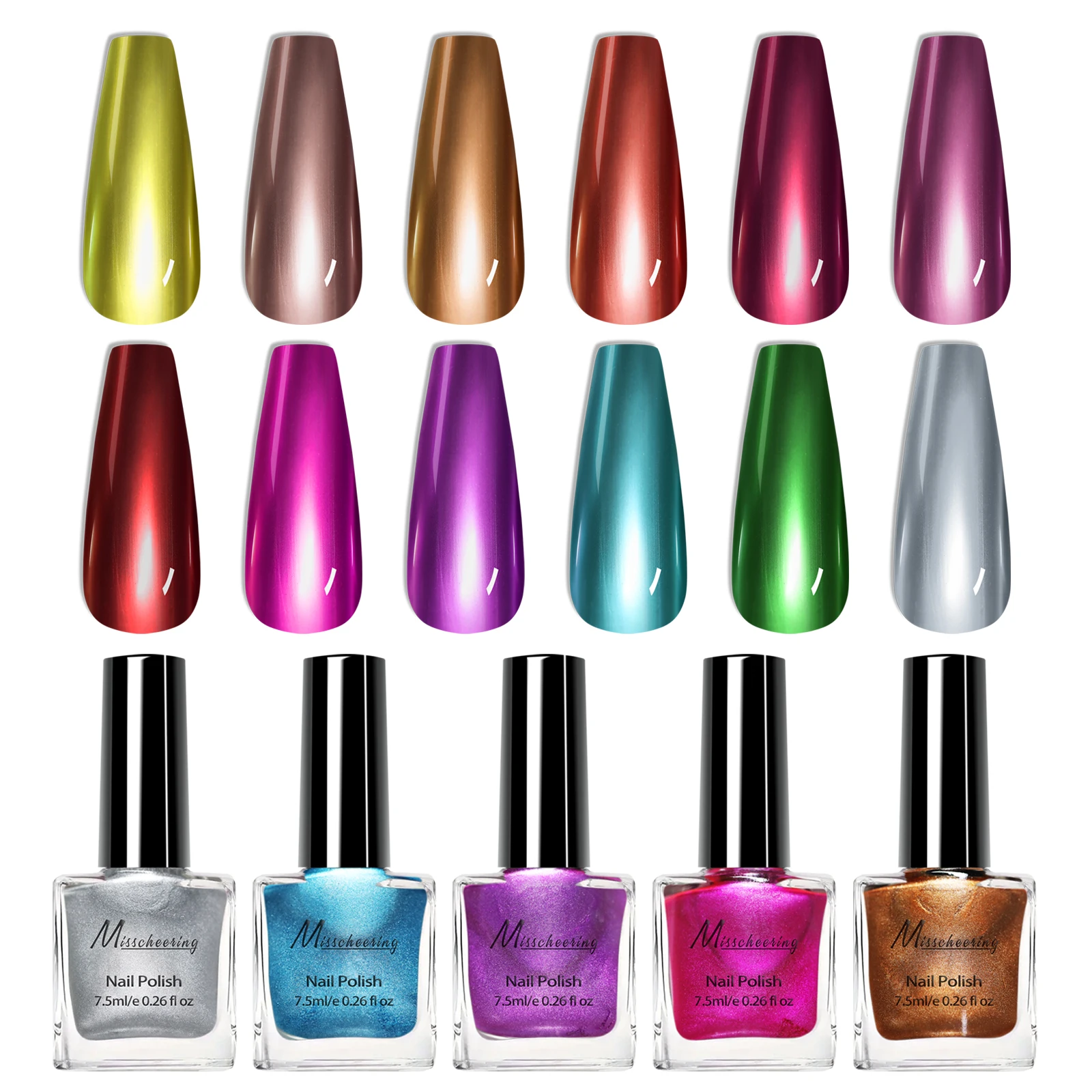 How to Tell If Your Polish Has Gone Bad
How to Tell If Your Polish Has Gone Bad
Does nail polish expire? Nail polish, like many beauty products, has a limited shelf life. But how can you tell if your polish has expired? Here are some key signs:
Clumpy or Thick Consistency
One of the most obvious indicators is a change in consistency. Over time, nail polish can become thick or clumpy, making it difficult to apply smoothly.
Separation of Ingredients
If you notice the polish has separated into different layers, with some parts drying out faster than others, it’s a sign that the formula is breaking down.
Unpleasant Odor
An off or sour smell is a clear indicator that your nail polish may have gone bad. Fresh nail polish has a distinct, pleasant smell that changes as it expires.
Change in Color
While minor color changes can occur naturally, significant shifts in color might suggest that the polish has degraded.
Poor Application
If the polish starts to brush on unevenly, streaks form, or it doesn’t dry properly, it’s likely time to replace it.
Understanding these signs helps ensure you maintain the quality and safety of your nail polish. Now, let’s delve deeper into how environmental factors affect nail polish longevity.
 Does Nail Polish Expire Faster in Warm Climates? Storage Tips to Extend Shelf Life
Does Nail Polish Expire Faster in Warm Climates? Storage Tips to Extend Shelf Life
Impact of Warm Climates on Nail Polish
Warm climates can accelerate the expiration process of nail polish. High temperatures can cause the solvents to evaporate more quickly, leading to thicker, more difficult-to-apply polish.
Storage Tips for Warm Climates
To extend the shelf life of your nail polish in warmer environments, consider the following tips:
- Keep Away from Direct Sunlight: Store your polish in a cool, dark place to prevent heat exposure.
- Use a Cooler Storage Area: Consider storing your nail polish in a bathroom cabinet or drawer that doesn’t get excessively warm.
- Refrigerate When Possible: While not always necessary, refrigeration can help preserve the integrity of your polish in very hot climates.
Additional Considerations
In addition to temperature control, maintaining consistent storage conditions can significantly impact the longevity of your nail polish. Let’s explore more about how leaving your polish open affects its expiration.
How to Preserve Quality for Months
Leaving your nail polish open can indeed accelerate its expiration. Here’s why and how to mitigate the effects:
Effects of Leaving Polish Open
- Evaporation of Solvents: Without a tight seal, solvents can evaporate, thickening the polish.
- Contamination: Dust, lint, and other particles can enter the bottle, affecting the polish’s texture and color.
Preservation Tips for Opened Polish
To preserve the quality of your nail polish even after opening, follow these tips:
- Tightly Seal the Bottle: Always ensure the lid is securely closed to prevent air from entering.
- Wrap the Bottles: Use plastic wrap or tape over the brush and inside the bottle’s opening to create an additional barrier against air and contaminants.
- Store Upright: Keep the bottles standing upright to minimize the risk of spills and air exposure.
Routine Maintenance
Regularly shaking your polish and removing any debris can also help maintain its quality over time. Next, let’s discuss what to do when your polish doesn’t have an expiration date.
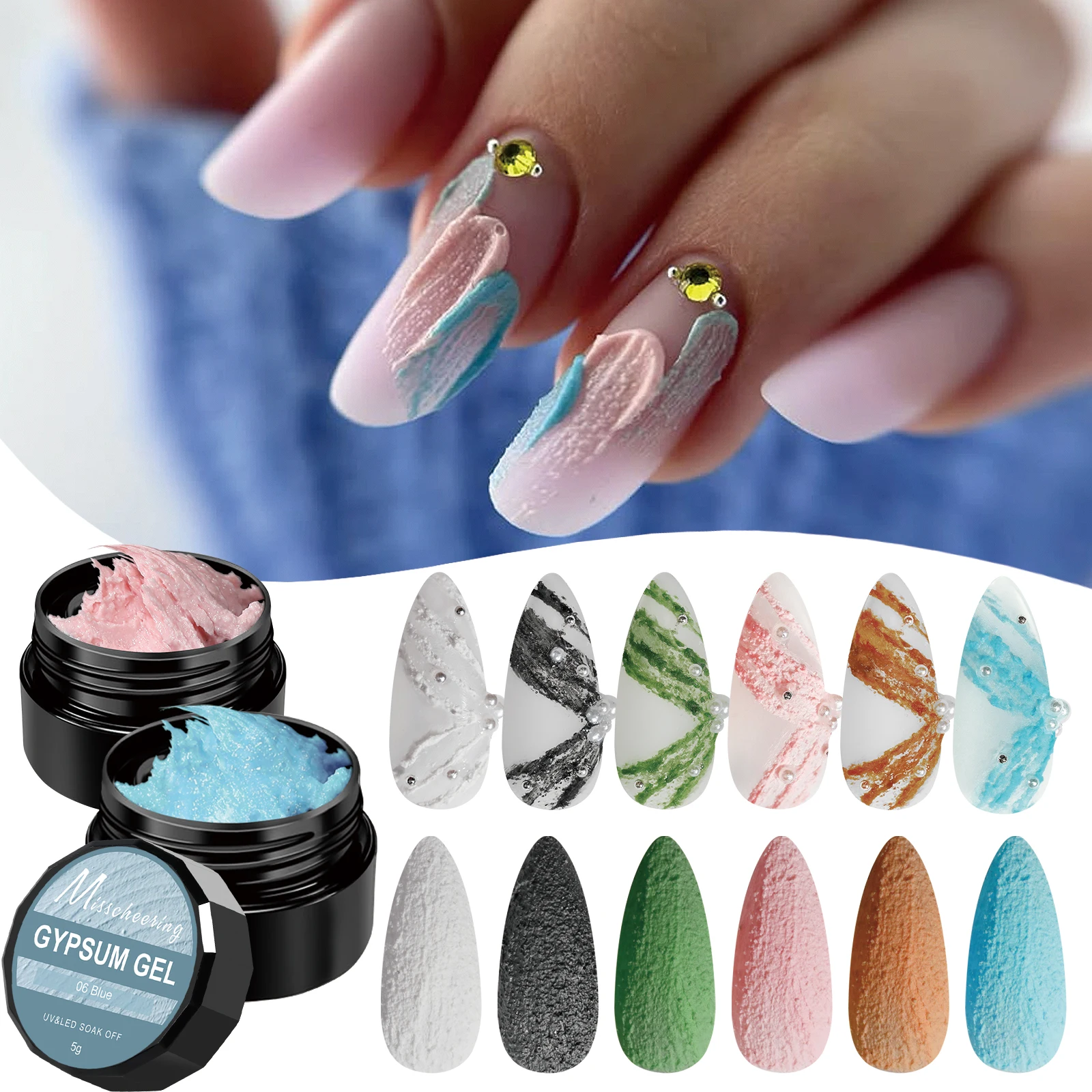 Does Polish Expire Without a Date? How to Guess Expiry for Uncapped Bottles
Does Polish Expire Without a Date? How to Guess Expiry for Uncapped Bottles
Not all nail polishes come with an expiration date, leaving many to wonder how to determine their shelf life. Here’s a guide to help you estimate:
Understanding Expiry Indicators
If a bottle lacks a printed expiration date, you can still assess its usability by considering:
- Usage Frequency: Regular use may shorten the polish’s lifespan.
- Storage Conditions: Properly stored polishes last longer, while those exposed to heat and sunlight expire quicker.
- Physical Signs: Refer back to the signs of expired polish, such as clumping, separation, and color changes.
Estimating Shelf Life
Generally, nail polish can last between two to three years when stored correctly. However, if you notice any of the physical signs mentioned earlier, it’s time to retire the bottle regardless of its age.
Practical Tips
- Label Your Bottles: Keep track of when you purchased your polish by labeling the bottle. This helps you monitor its age more easily.
- Organize Regularly: Periodically check your nail polish collection to identify and discard expired products.
Next, we’ll explore how proper storage can significantly extend the lifespan of your nail polish.
Does Polish Expire if Stored Properly? Best Practices for Longevity
Optimal Storage Conditions
Proper storage is crucial in preventing your nail polish from expiring prematurely. Here are the best practices to follow:
- Cool and Dark Environment: Store polishes in a place away from heat and direct sunlight. A bathroom cabinet or drawer works well.
- Consistent Temperature: Avoid places that experience temperature fluctuations, such as near windows or heaters.
- Minimal Exposure to Air: Always keep the caps tightly closed to maintain the polish’s integrity.
Organizing Your Collection
An organized nail polish collection not only makes it easier to find your favorite shades but also helps in managing their longevity:
- Categorize by Type: Separate regular and gel polishes to avoid confusion.
- Use Moisture Absorbers: Place silica gel packets in your storage area to minimize moisture exposure.
- Elevate Shelves: Keep your polishes off the counter to reduce exposure to heat from appliances.
Regular Maintenance
Regularly clean the brush and remove any dried polish from the opening to ensure a smooth application. These simple steps can prolong the life of your nail polish significantly.
Now, let’s compare different types of nail polish and their respective lifespans.
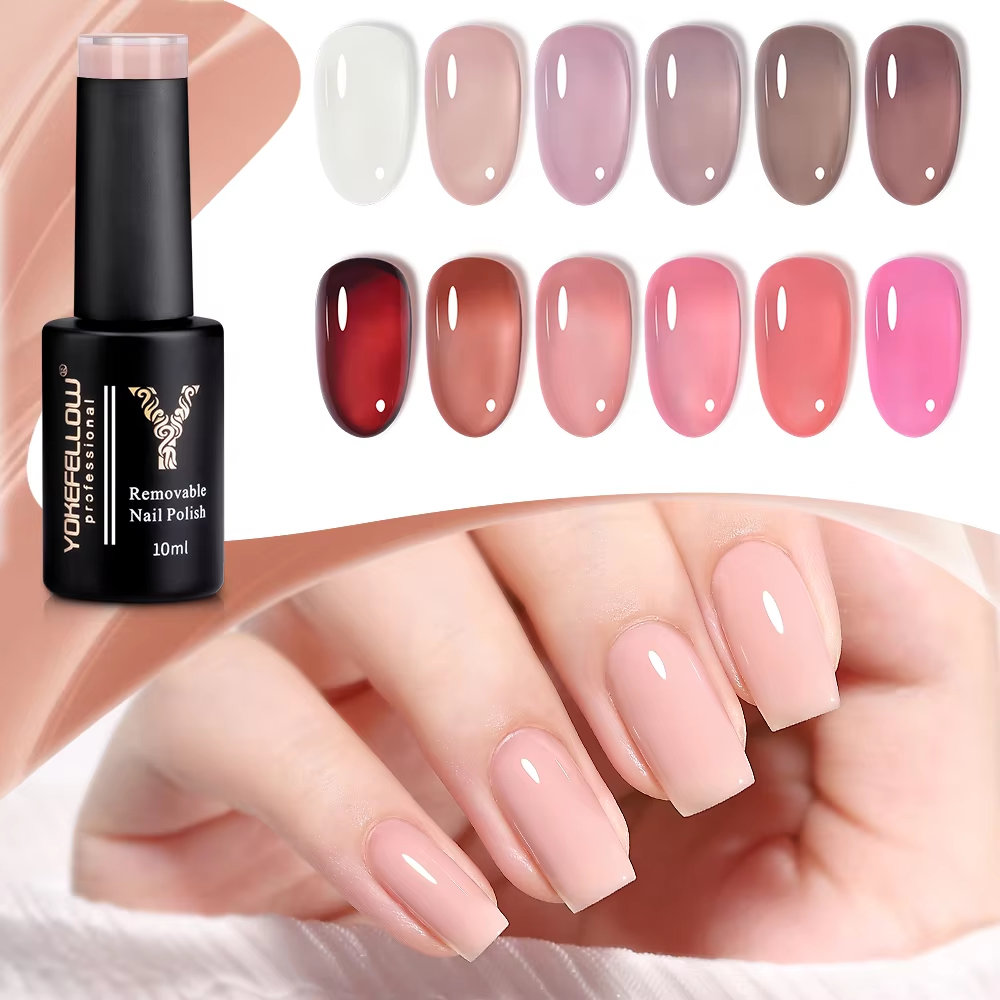 Does Polish Expire in Different Forms? Gel vs Regular Polish Lifespan
Does Polish Expire in Different Forms? Gel vs Regular Polish Lifespan
Regular Nail Polish Lifespan
Regular nail polish typically lasts about two to three years when stored properly. Its formula, which includes solvents and pigments, begins to degrade over time, leading to thickening and drying out.
Gel Nail Polish Lifespan
Gel nail polishes have a different lifespan compared to regular polishes. They are designed to be more durable when cured under UV or LED lights. However, once opened, gel polishes can last up to a year if stored correctly.
Key Differences
- Chemical Composition: Gel polishes contain different ingredients that require curing, affecting their storage needs.
- Usage Method: The application and removal process for gels can influence their longevity and maintenance.
- Durability: While gels last longer on nails, their shelf life in the bottle can be shorter if not handled with care.
Choosing the Right Polish for You
Depending on your preferences and how often you use nail polish, choosing between regular and gel formulas can impact how often you need to replace your polishes.
Does Polish Expire if Used Frequently? How Often to Replace Your Polish
Impact of Frequent Use
Using nail polish regularly can lead to quicker expiration due to increased exposure to air and frequent opening and closing of the bottle, which accelerates solvent evaporation.
Replacing Your Polish
As a rule of thumb:
- Regular Use: Replace your nail polish every two years to ensure optimal performance.
- Gel Polishes: Given their different composition, gel polishes should be replaced annually.
Maintaining Quality
To maximize the lifespan of frequently used polishes:
- Minimize Air Exposure: Follow the storage tips mentioned earlier to limit air exposure.
- Clean the Brush: Regularly wiping the brush after use prevents excess polish from drying inside the bottle.
- Stable Environment: Keep your polishes in a stable environment to reduce the stress on the formula.
Practical Replacement Signs
Regardless of usage frequency, always replace your polish if you notice any of the expiration signs like clumping, separation, or unpleasant odors.
Does Polish Expire After Freezing? What Happens If You Refrigerate It
Freezing Nail Polish
Some might consider freezing nail polish to extend its shelf life. However, this method can have mixed results.
Effects of Freezing
- Formula Separation: Freezing can cause the ingredients to separate, making the polish unusable once thawed.
- Texture Changes: The cold can alter the consistency, leading to clumping or thickening.
- Application Issues: Thawed polish may not apply as smoothly, resulting in uneven coverage.
Best Practices Instead of Freezing
Rather than freezing, focus on maintaining a cool, stable temperature to preserve your polish:
- Avoid Extreme Temperatures: Keep your nail polish away from environments that experience significant temperature changes.
- Use Climate-Controlled Storage: If possible, store your polish in a room with consistent temperature and humidity levels.
Conclusion on Freezing
Freezing is not recommended as a method to extend the shelf life of nail polish. Instead, adhering to proper storage practices ensures your polish remains in good condition for longer.
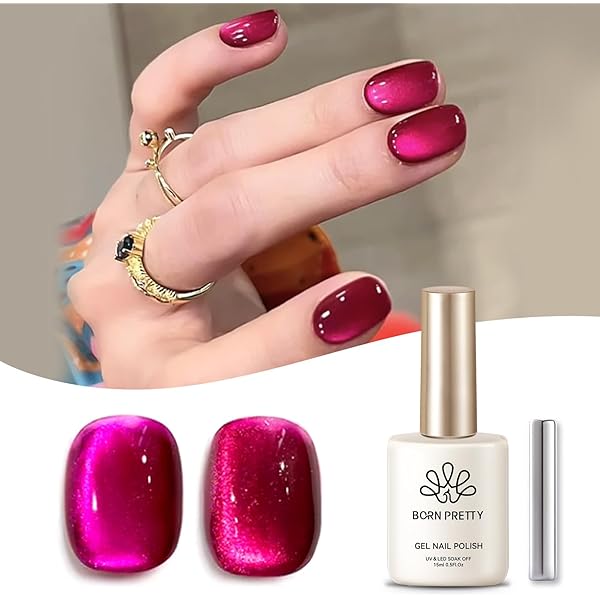 Final Thoughts: Does Nail Polish Expire?
Final Thoughts: Does Nail Polish Expire?
In conclusion, does nail polish expire? Yes, it does. However, understanding the signs of expiration and employing effective storage strategies can significantly extend the lifespan of your nail polish. By keeping your polish in a cool, dark place, tightly sealing the bottles, and regularly checking for signs of degradation, you can enjoy vibrant, smooth applications for years. Whether you’re dealing with regular or gel polishes, these best practices will help maintain their quality, ensuring your nails always look their best.
Remember, when in doubt, it’s better to replace old polish to avoid potential issues with application and nail health. By taking proactive steps, you can make the most out of your nail polish collection while keeping your nails stunning and healthy.

